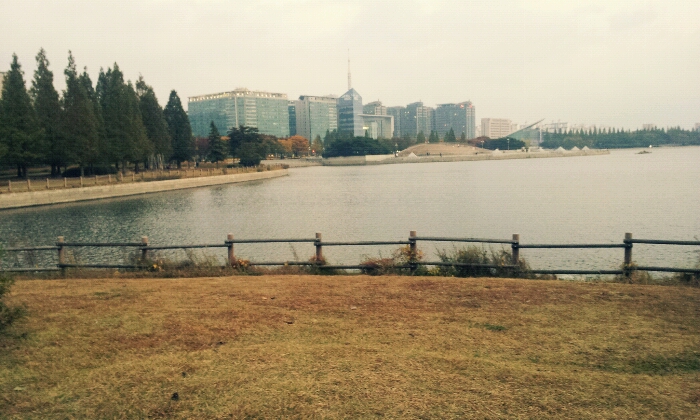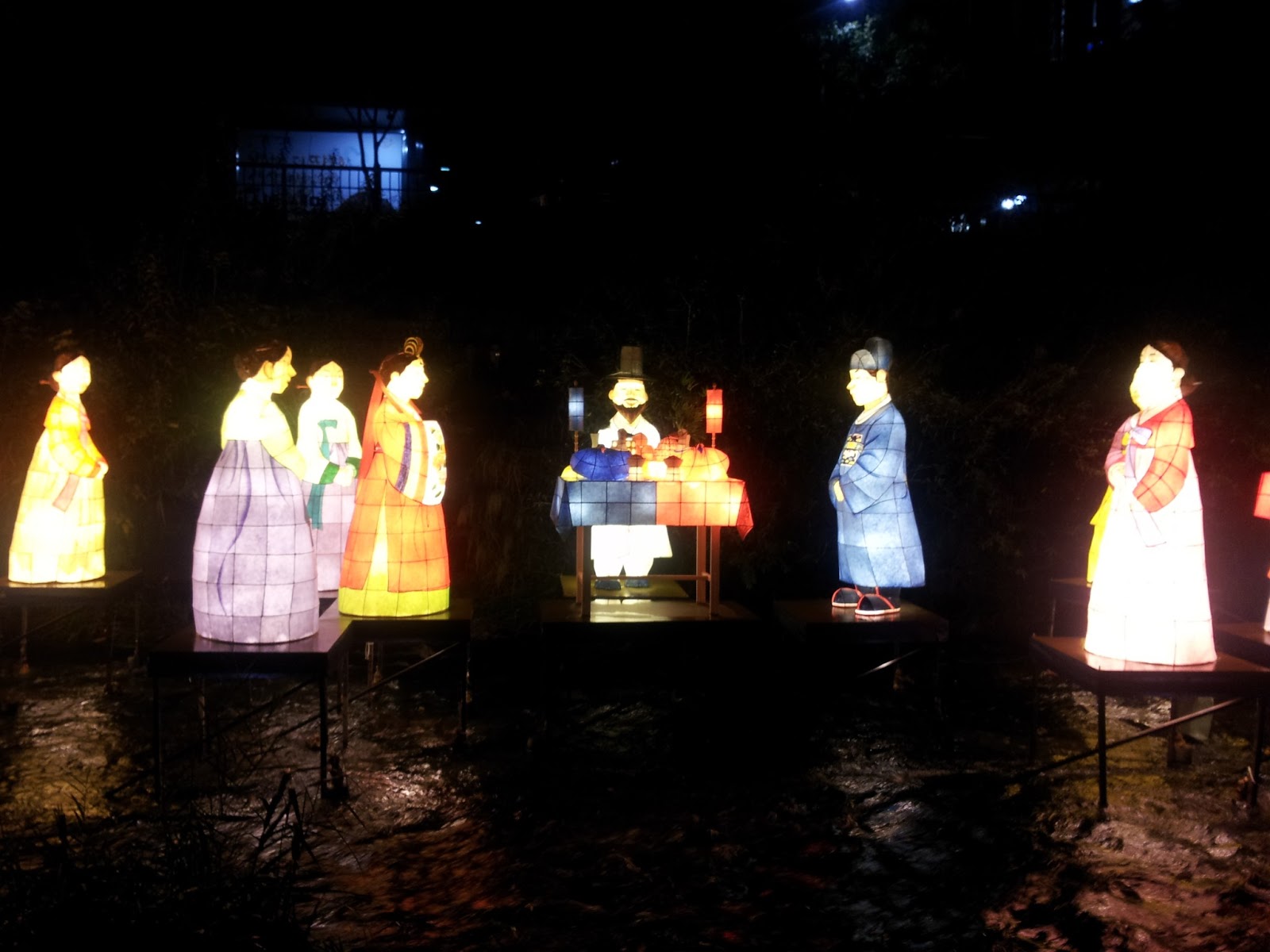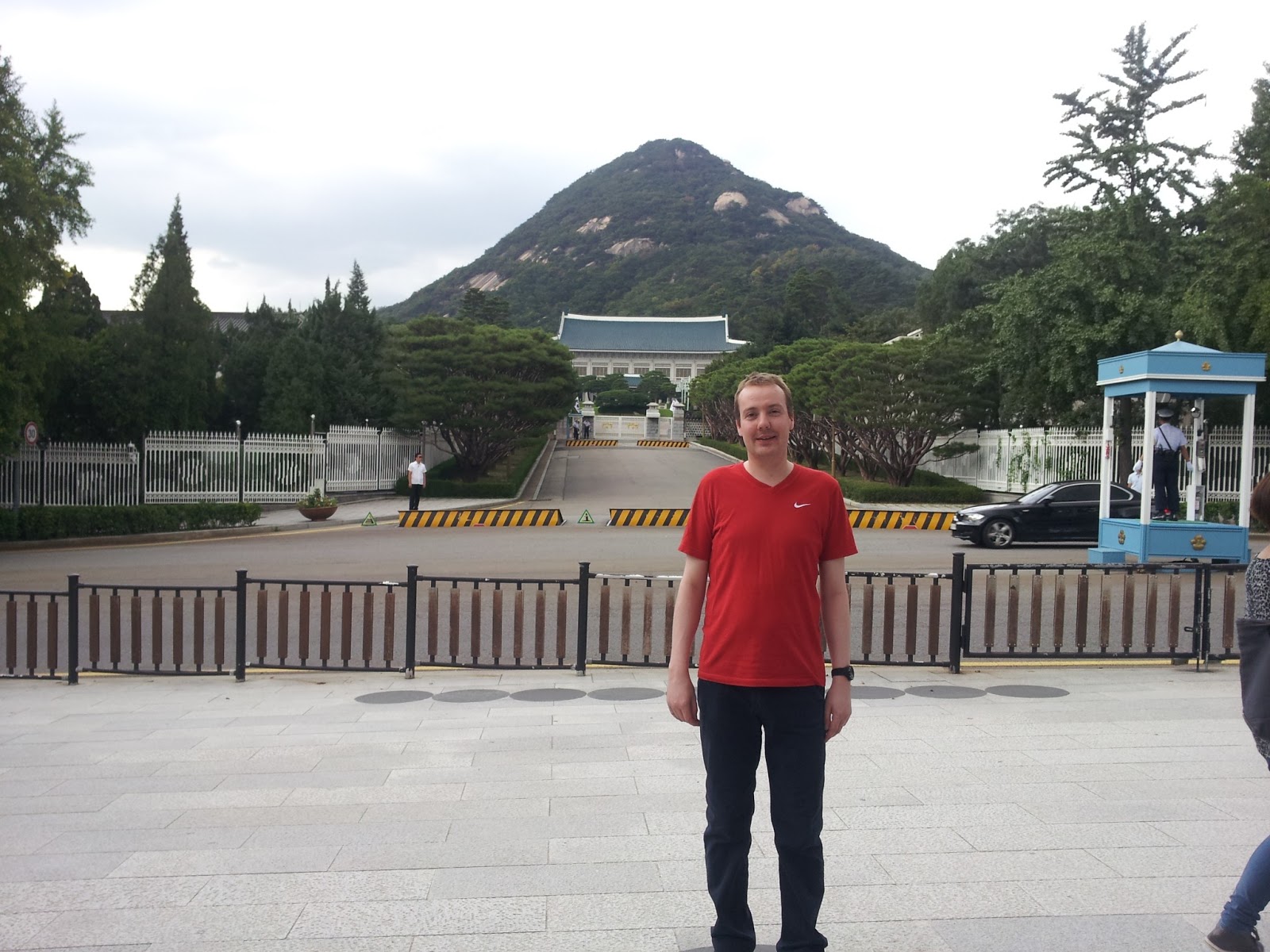Gyeongbokgung
Palace
On 2 September 2012 I visited Gyeongbokgung Palace, this was the Royal Place where the King and Queen lived during the Joseon Dynasty from July 1392 to October 1887. It is one of the five grand palaces in Seoul and coincidentally the biggest. It is absolutely beautiful and this amazing building is a must see for any traveler to Seoul or Korea. This can be made evident if any one is especially interested in history and architecture.
Gyeongbokgung literally means "Palace of Shining Happiness" The vast majority of the palace has unfortunately been destroyed during one Japanese invasion or another, nevertheless It has since been restored to all its glory.
I traveled to Seoul taking line 3 to Gyeongbokgung and exited at platform 5, upon my arrival I was met by a child who as it transpired was a guide for the Korean tourist board. The guide spoke prefect English and filled me in with all the historical details and informed me as to where and what each building was and its use.
Gyeongbokgung Palace is the most visited tourist attraction in Korea so crowds can be immense and this can create quite a wait to buy water and refreshments. Difficulties also arise when you are talking photos and many crowds quite simply walk past without any consideration of the photographer.
There are many building and it can be confusing to understand what each room and area is used for, so getting a guide which is free and a map it a excellent way to gather the information.
I would suggest having at least 2-3 hours to view all the amazing building and architecture and its well worth stopping at Blue House the official residence of the Korean President or the National Museum of Korea witch are both situated in the Gyeongbokgung Palace grounds.
Gyeongbokgung Palace is a top tourist attraction and if I visited Seoul again a place I would definitely visit again without any hesitation.
Lee Milner





.jpg)

































.jpg)
.jpg)
.jpg)
